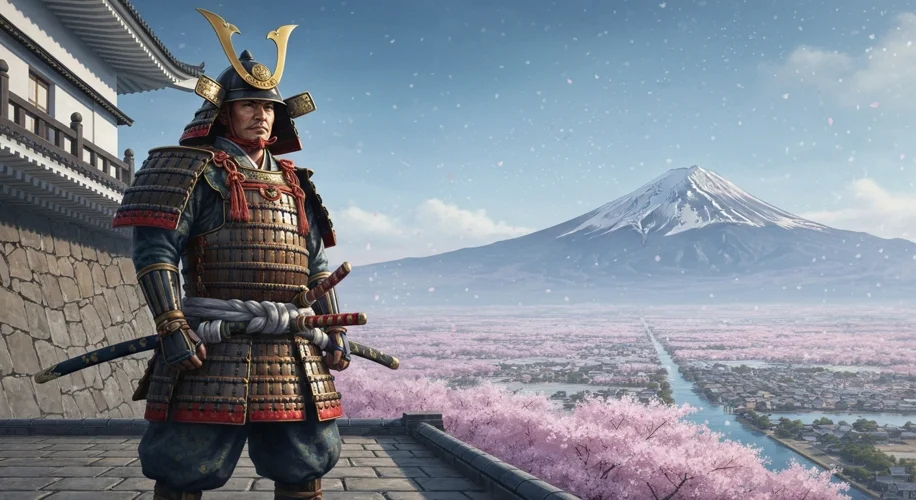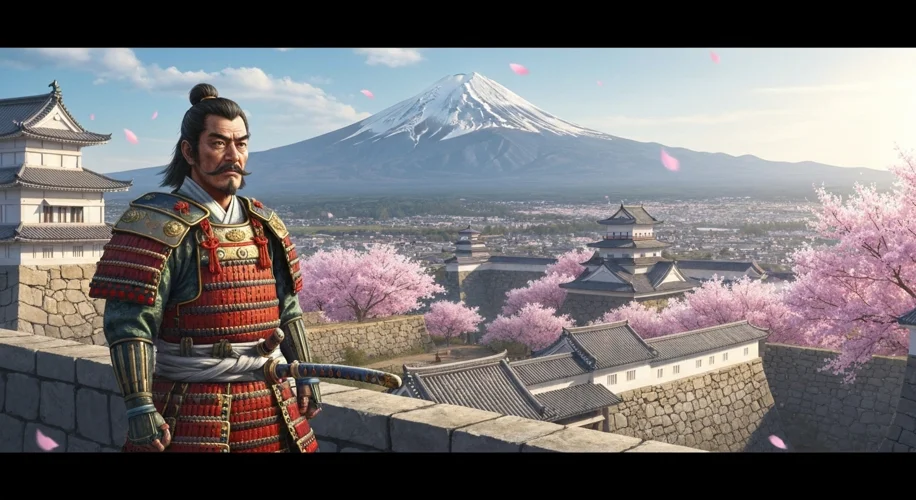The year is 1603. Japan, a land ravaged by centuries of civil war and tumultuous power struggles, teetered on the brink of a new era. From the ashes of this chaos emerged a figure of unyielding resolve: Tokugawa Ieyasu. His victory at the Battle of Sekigahara in 1600 had not merely been a triumph of arms; it was the thunderous declaration of a new order, one that would fundamentally reshape the archipelago for over two and a half centuries.

Before Ieyasu, Japan was a fractured mosaic of warring states, each ruled by a powerful daimyo, a feudal lord. These lords, with their samurai retainers and fiercely loyal soldiers, engaged in near-constant conflict, a period known as the Sengoku Jidai, or the Warring States period. This era was characterized by a brutal pragmatism, where alliances were forged and shattered with alarming speed, and the samurai code of honor was often overshadowed by the stark reality of survival and ambition.
The culture was deeply influenced by this martial ethos. Bushido, the way of the warrior, was paramount, emphasizing loyalty, self-discipline, and courage. Yet, beneath this veneer of stoicism, vibrant artistic and philosophical traditions continued to flourish, often providing solace and meaning amidst the bloodshed. Buddhism, in its various forms, offered spiritual guidance, while the tea ceremony provided a ritualized escape and a moment of profound calm.
Into this volatile landscape stepped Ieyasu, a master strategist and a patient, calculating leader. He had served under Oda Nobunaga and Toyotomi Hideyoshi, two other unifiers who had paved the way for his eventual supremacy. Unlike his predecessors, Ieyasu possessed a remarkable ability to observe, adapt, and outmaneuver his rivals. His triumph at Sekigahara was the culmination of years of intricate diplomacy, strategic alliances, and decisive military action. Thousands of samurai clashed on that fateful plain, and their blood fertilized the ground for a new beginning, a unified Japan under the Tokugawa banner.
With the Shogunate established in Edo (modern-day Tokyo), Ieyasu and his successors embarked on a monumental task: the consolidation of power and the maintenance of absolute control. This wasn’t merely about winning battles; it was about building a system that would prevent future uprisings and ensure generations of peace. Their primary objective was to dismantle the power of the daimyo, who had once been the arbiters of their own domains.
One of the most drastic measures was the implementation of the sankin-kōtai system, or

